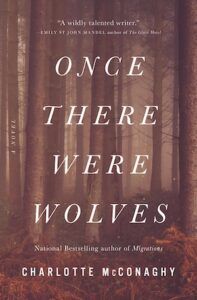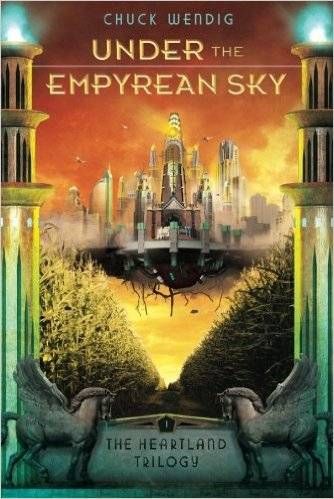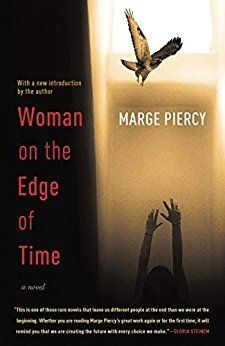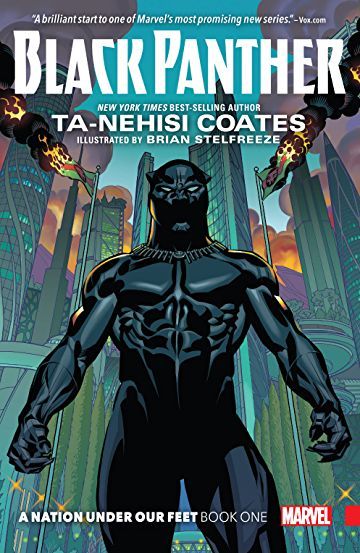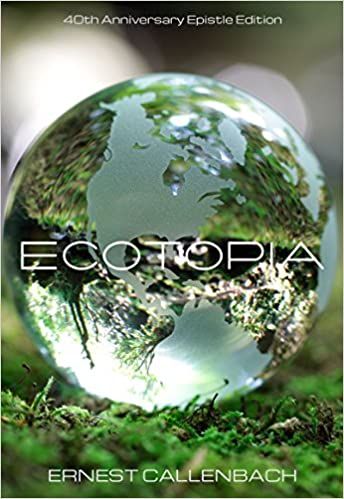From the author of the beloved national bestseller Migrations, a pulse-pounding new novel set in the wild Scottish Highlands. “So damn good. A page-turner that makes you think and has a huge emotional impact.” -Jeff VanderMeer, New York Times bestselling author of Annihilation (via Twitter) Yet these premonitions of humanity’s future are typically tinged with cynicism and forebodings about where our future is headed, from societal elements to the environmental. But why couldn’t a vision of a more hopeful future be just as realistic to the real world as a dystopian take? After a year of pandemic lockdowns and climate change warning signs, it may feel out of reach. Yet, forecasters of the future that they are, science fiction authors have dedicated full sub-genres to exploring more positive versions of our possible future worlds. Enter hopepunk. Here are eight hopepunk novels with an environmental edge and creative solutions that really could prove useful in the fight against climate change. So Professor Radicand Jones’s heart is appropriately light as she sets off for a well-earned vacation in her solar-powered airship. However, her ship is soon overtaken by pirates, which leads to high adventure upon the open air. Under the Empyrean Sky is set in the Heartland, where a super strain of corn is grown as the primary fuel fo this future world, as a cleaner alternative to our current energy sources. It’s a perfect plan…except the genetically modified strain is aggressive, so controlling its growth is a full time job. Teen boy Cael is restless and already fed up with keeping the elite of the Empyrean world floating overhead in fuel all the time. And he’s determine to bring it all crumbling down. While the government dynamics of this novel give it a dystopian vibe, there’s also a utopian feel to the physical future world this novel projects. A firm push for a broader shift to cleaner, readily available fuel sources like corn could help things along quite a lot. The ambassador has come on a mission to show her two possible futures. In the first, the future is a time of sexual and racial equality, and unprecedented self-actualization, in which capitalism has been eliminated. This world thrives on an environmental purity built on small-scale agrarianism and advanced green technology. Then, the ambassador shows Connie a drastically different future: A darker alternative in which both people and the earth are exploited. Why show Connie these two possible worlds? Because her choices could make all the difference. Amid other hopepunk themes of empowerment, identity, and sovereignty, the suggestion that technology can save us from our environmental sins runs rampant through the motifs of Wakanda. If we are smart enough to apply them wisely. In this story, readers are brought along with a skeptical journalist as he treks to this land and witnesses for himself a revolutionary way of life reimagined with planet-friendliness in mind, through the implementation of a myriad of green innovations. For example, the state is structured into “mini-cities” to eliminate urban sprawl and has a zero-tolerance policy on pollution. In short, open source has saved us. Unfortunately, it can’t erase the past. Empty lands are wrecked by the effects of climate change. And, they still can’t cure humanity. Amid a world with no want and no work, walkaways are people who have left a society driven by parties and excess for something simpler. But the ultra-wealthy just can’t seem to let them be. After centuries of nurturing, the Oankali return Lilith and others to Earth — a renewed planet will be nothing like the one they left behind. And humanity — with its new alien hosts — take on the role of this new world’s caretakers. Now that’s a revolutionary concept. While it takes a journey through Butler’s imaginative, vivid world to come to find this alien possession less than unsettling, the vision of this future planet is one of great hope — not only has it survived humanity’s worst, but it’s recovered fully. And humanity has a chance yet to live in harmony with it. It gives me hope that perhaps with time and great care, we can still heal our world.
